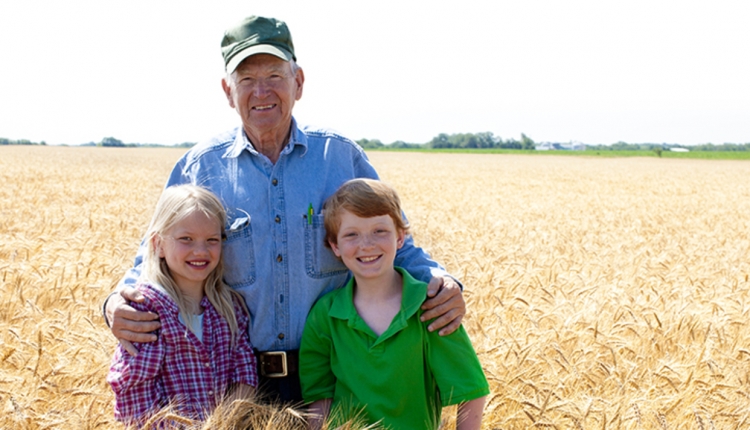
Many farm families need their farm assets to fill three buckets: business assets, retirement assets, and inheritance assets. It is common for farmers to reinvest most profits back into the business asset bucket. They are building capacity, maintaining, or modernizing buildings to make the farm business attractive to the next generation. They may be expanding the size of the operation to capitalize on economies of scale.
Many farmers are excellent tax managers, utilizing deductions to reduce their income tax burdens each year. However, this also means their payment to Social Security is reduced as well. Social Security benefits received by a person in retirement are calculated on the 35 highest years of income tax earnings. Several years of little or no earnings on the Schedule F statement will reduce benefits and most likely will not achieve the estimated average Social Security benefit of $1,543 per month. If farmers invest solely in the farm business, and limit their Social Security contributions, the farm business assets may be their only retirement nest egg.
Same family, different thoughts
On many family farm businesses, these are the questions that are often raised:
- If a successor is already working in the business, he or she may assume there is a plan to make business assets accessible at an affordable price as they take over the farm.
- If there are off-farm heirs, the owners also may want the farm assets to serve as inheritance assets.
- If the farm assets are needed to fill both the retirement and business buckets, is it financially feasible for the farm assets to also fill the inheritance bucket?
The transfer of property might symbolize trust, love, power, family rituals, or history within a family’s culture. Considering the symbolism associated with inherited assets, these decisions can be daunting for the owner generation. It is important to identify when a successor starts contributing to the farm business and documenting these efforts. Some successors may not receive full market wages for their work on the farm with the intent of making it up to them through inheritance.
If this inheritance plan is not clearly documented and communicated to the heirs, there may be conflict when the plan is discovered, or the successor may not be adequately prepared to take over the business. Will they have to purchase portions of the business from their siblings? Will they be required to be business partners with siblings or other heirs who have no interest in the farm?
Start with these three questions
Careful and early succession planning with honest communication is required to determine the farm’s capacity to fill the three buckets. Farm families can start planning by answering three questions:
- How dependent is the owner generation on the business assets for retirement?
- When did the contributions to the business from the on-farm heir start?
- What are the personal, business, and legacy goals when considering inheritance decisions?
The author would like to thank the following colleagues for their work on this article: Heather Schlesser, Marathon County agriculture educator, UW-Madison Division of Extension; Stephanie Plaster, Washington/Ozaukee County agriculture educator, UW-Madison Division of Extension; and Kaitlyn Davis, LaCrosse County agriculture educator, UW-Madison Division of Extension.








